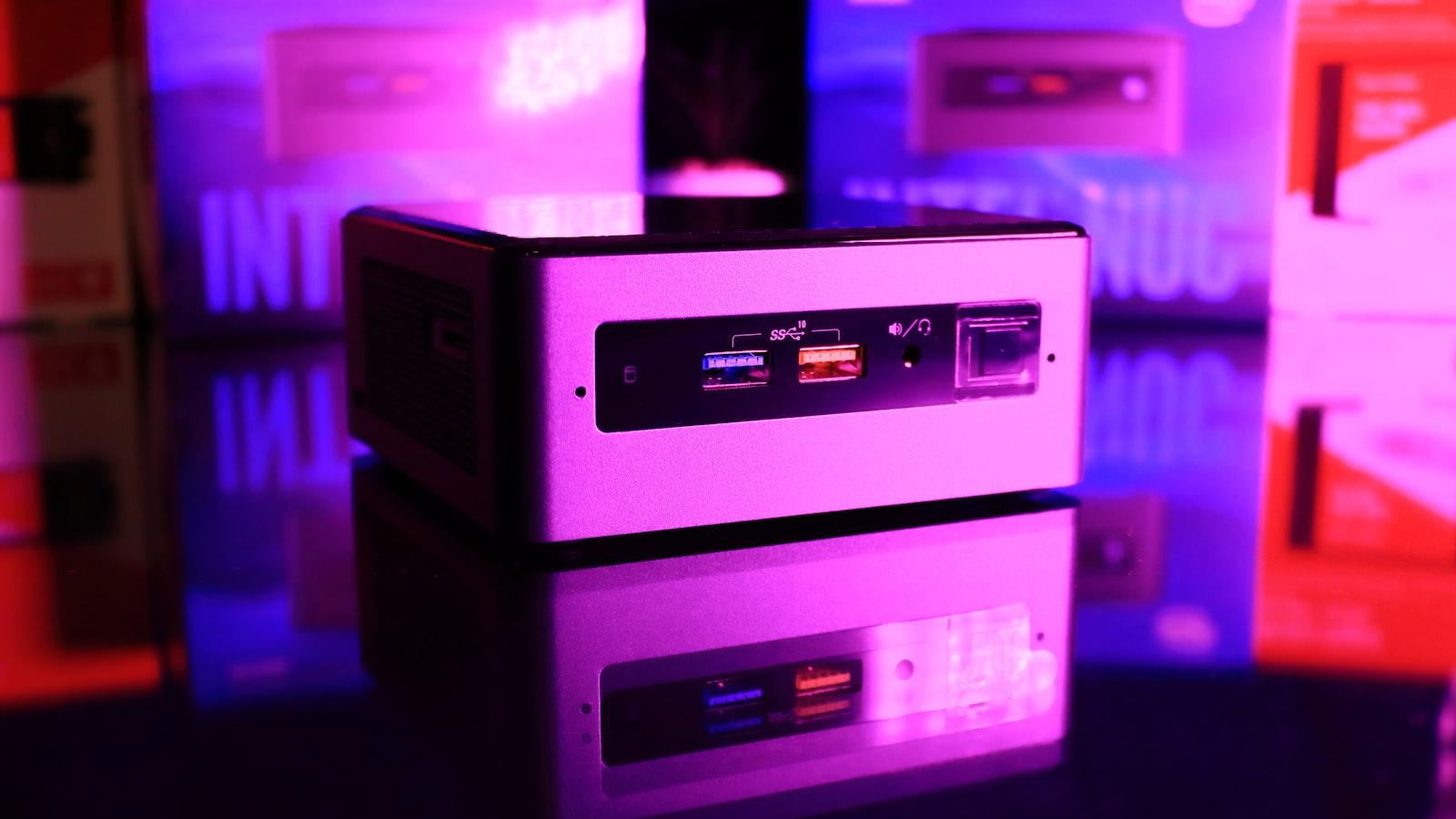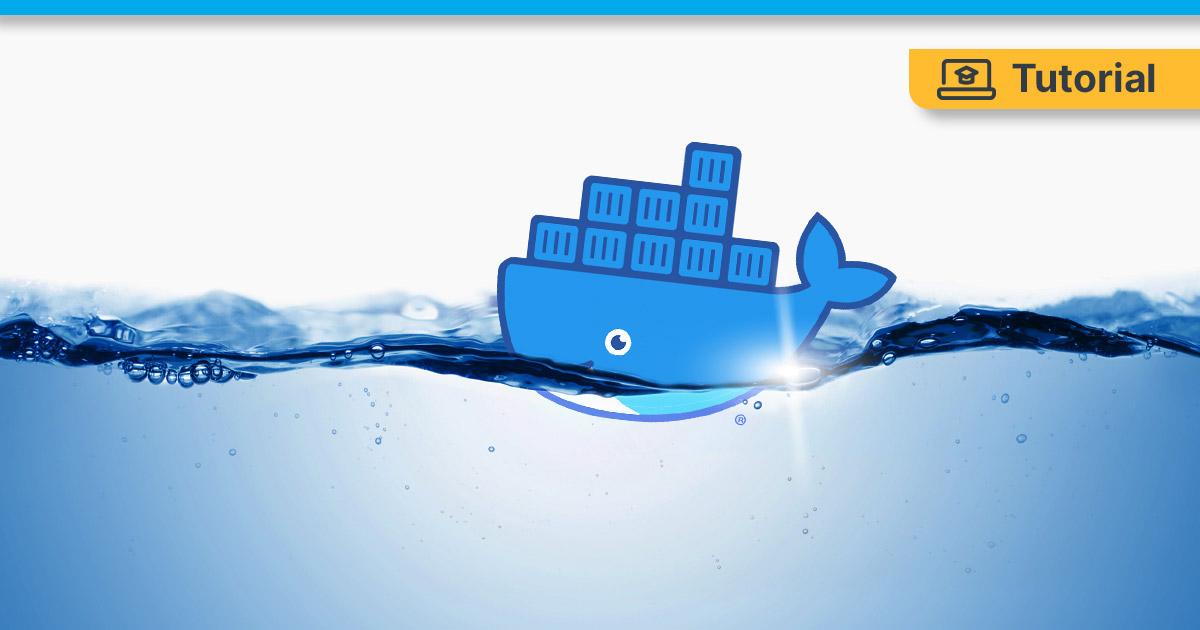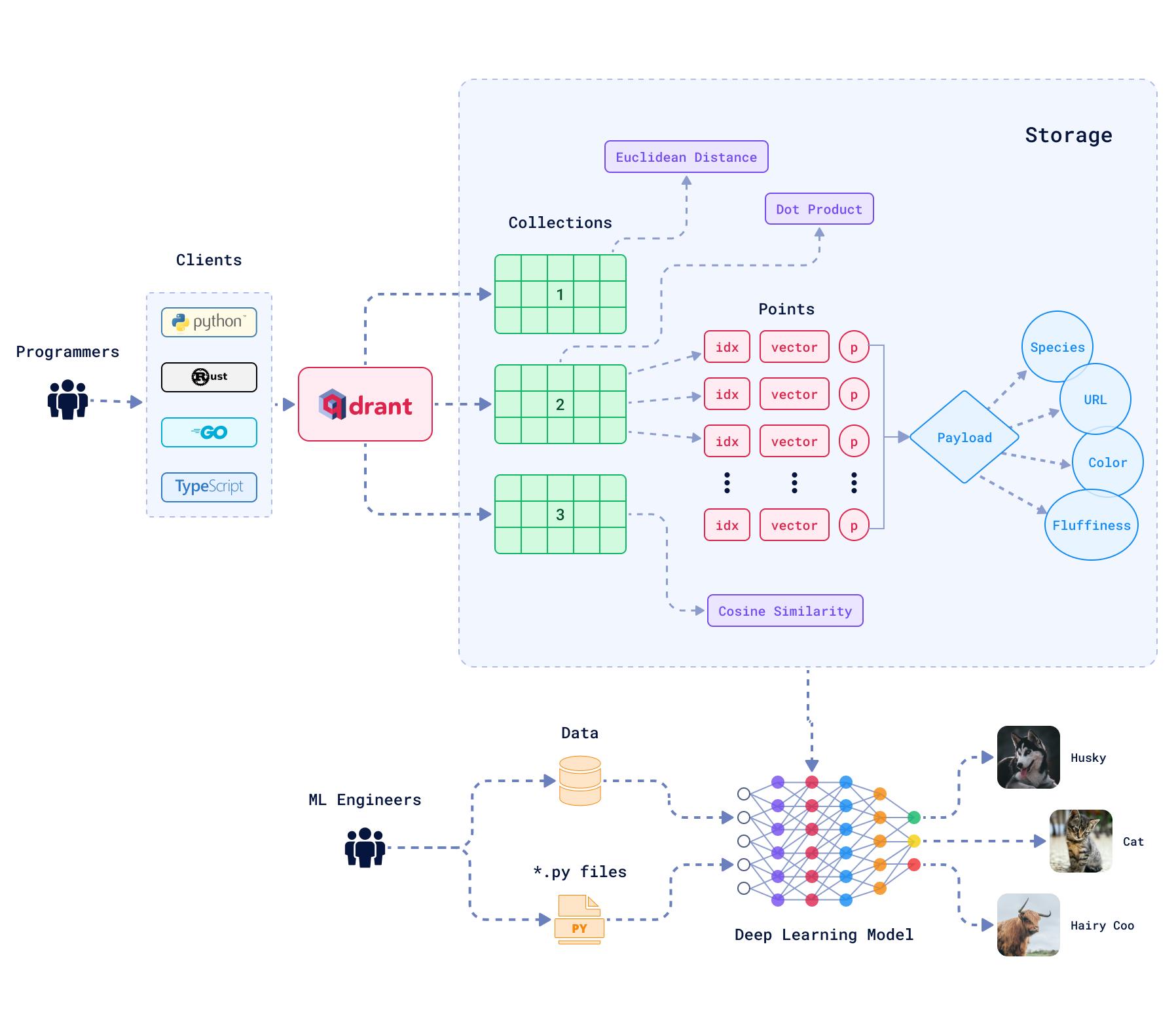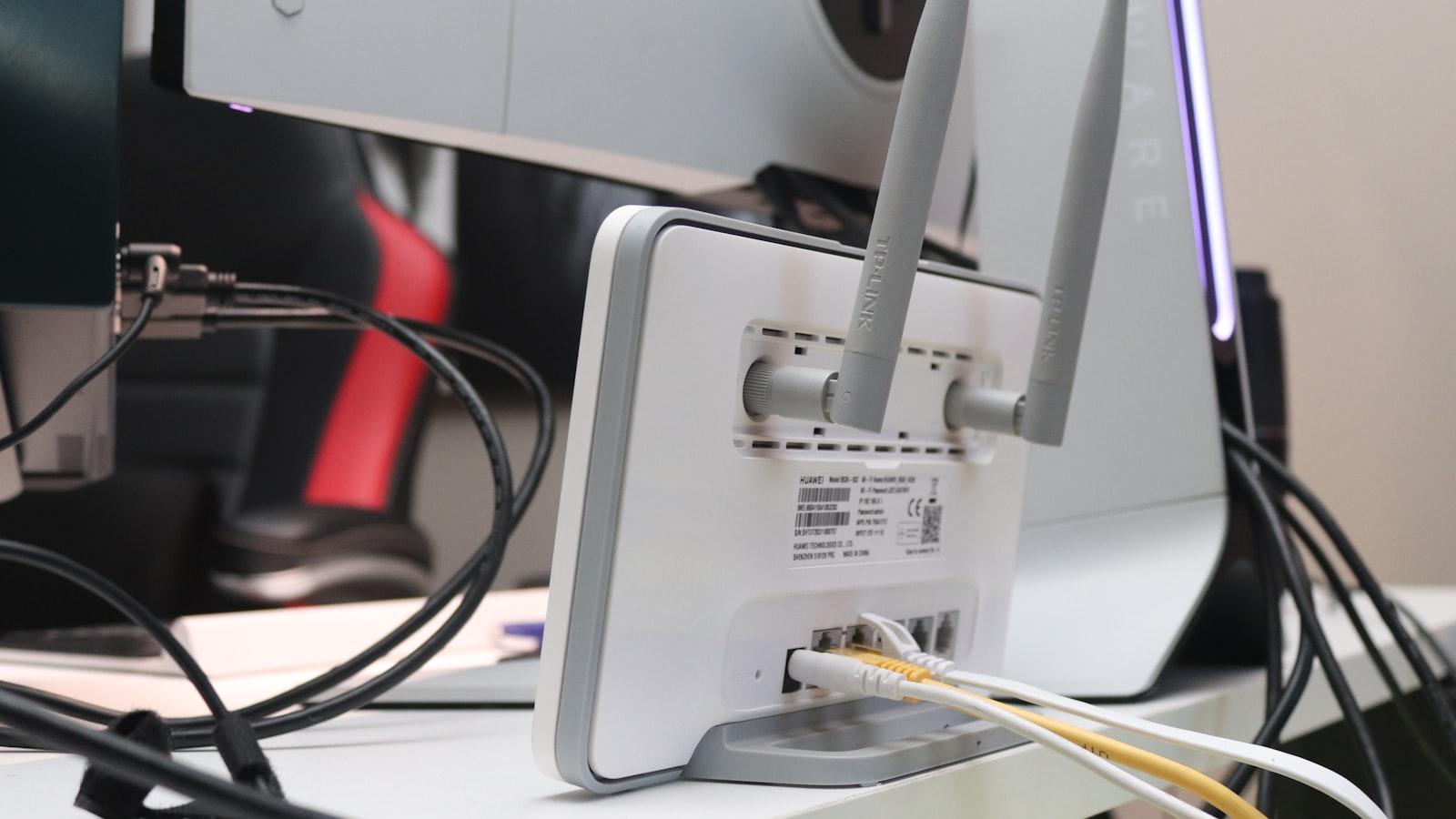In a world where software deployment can be a daunting and time-consuming task, Docker has emerged as a game-changer for developers looking to streamline their workflow. With its ability to easily package and deploy applications in isolated containers, Docker has revolutionized the way we think about software development. In this article, we will walk you through the process of containerizing Python applications with Docker in just 5 easy steps, so you can spend less time worrying about deployment and more time focusing on what really matters – building great software.
Introduction:
Have you ever wanted to containerize your Python applications but weren’t sure where to start? Well, look no further! In this guide, we will walk you through the process of containerizing your Python apps using Docker in just 5 easy steps.
With Docker, you can easily package your Python applications along with all their dependencies into a lightweight, portable container that can be run on any platform. Whether you are deploying your app to a production server or just testing it locally, Docker makes it simple to manage and deploy your Python apps. So let’s dive in and get started with containerizing your Python apps with Docker!
Getting Started with Docker for Python Applications
Are you ready to containerize your Python applications using Docker in just 5 easy steps? Dive into the world of containerization and streamline your development process with this beginner-friendly guide. Whether you’re new to Docker or looking to enhance your Python projects, this step-by-step tutorial will help you get started with ease.
From setting up Docker on your machine to building and running your first Python container, this guide covers everything you need to know to get up and running quickly. Discover how to create Dockerfiles, manage containers, and optimize your Python app deployment. With Docker, Python, and a little bit of creativity, you’ll be containerizing Python apps like a pro in no time!

Step 1: Installing Docker
To begin containerizing your Python applications with Docker, the first step is to install Docker on your local machine. Docker is a powerful tool that allows you to package and distribute your applications in lightweight, portable containers. Follow these simple steps to get Docker up and running:
- Download Docker Desktop: Visit the official Docker website and download the Docker Desktop application for your operating system.
- Install Docker: Double click on the downloaded installer and follow the on-screen instructions to install Docker on your machine.
- Run Docker Desktop: Once installed, launch Docker Desktop from your applications folder or start menu.
With Docker successfully installed on your computer, you are now ready to start containerizing your Python applications. Stay tuned for the next step in our 5-step guide to containerizing Python apps with Docker.
Step 2: Creating a Dockerfile for Python App
Once you have set up your project structure and requirements.txt file, the next step is to create a Dockerfile for your Python application. This file will define the image that Docker will use to build and run your app within a container.
When creating your Dockerfile, make sure to include the necessary instructions such as specifying the base image, setting the working directory, copying your app files, and installing any dependencies. Additionally, remember to expose the port your app will be running on and define the command to start your application. Lastly, don’t forget to build your Docker image using the docker build command before running your Python app in a container.

Step 3: Building and Running the Docker Image
In this step, we will dive into building and running the Docker image for our Python application. Make sure you have Docker installed on your machine before proceeding with the following steps.
First, we need to create a Dockerfile in the root directory of our project. This file will contain instructions for building our Docker image. We will specify the base image, copy the necessary files, and define the command to run our application. Once the Dockerfile is ready, we can build the image using the command docker build -t my-python-app .. Remember to replace my-python-app with a unique name for your image. After the image is successfully built, we can run it as a container with the command docker run my-python-app. And voila! Your Python application is now containerized and running smoothly in a Docker container.
The Way Forward
As you can see, containerizing Python apps with Docker is a simple and effective way to streamline your development process and ensure consistency across different environments. By following these five easy steps, you can have your Python app up and running in a container in no time. So what are you waiting for? Dive into the world of Docker and watch your app soar to new heights of efficiency and reliability. Happy coding!





